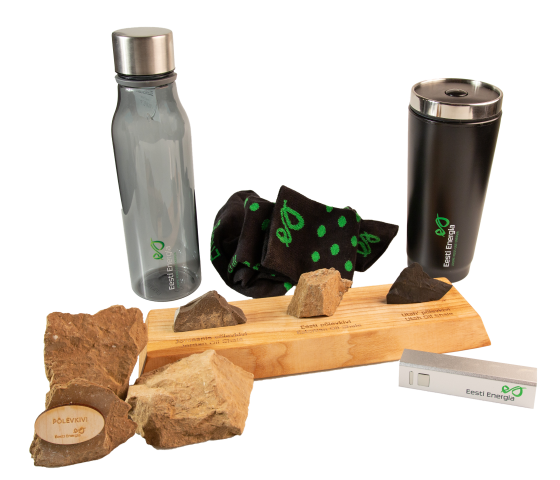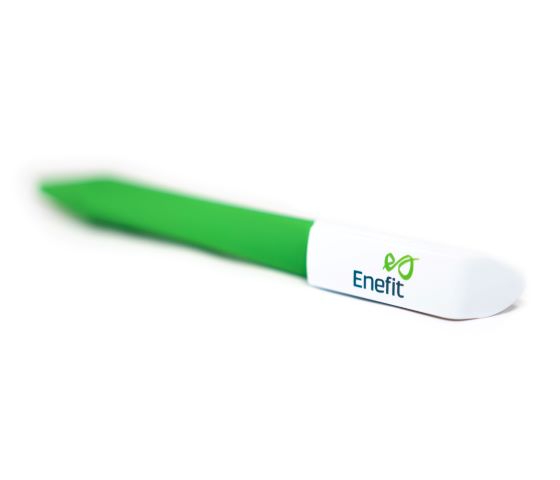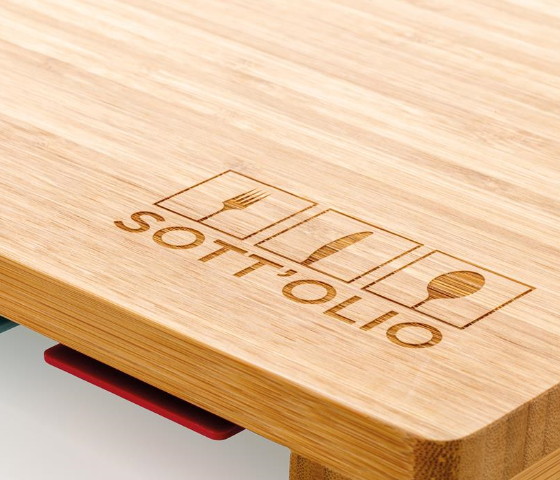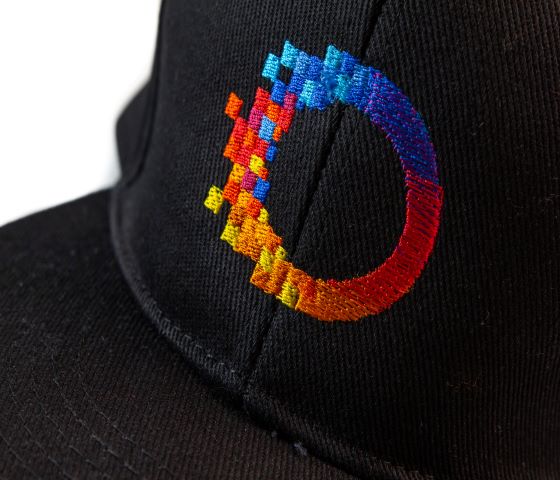Services

Services
Our
services and printing technologies are a mix of in-house production and the
best technologies offered by suppliers.
We do most of the printing and all of the design in-house. Our excellent
designers Helje and Aaron help to redraw logos and design all kinds of products
and packaging.
In addition to printing and design, it is important for us to be able to help
you with:
assembling gift sets;
personalised gifts;
packaging the gifts in a wrapping of the company’s design;
storing the gifts in our warehouse;
choosing environmentally friendly products;
express delivery; and
custom-made products.

Pad printing
Pad printing is the most common method of applying symbols and writing onto products. During printing, the image is applied to the surface by stamping. The design on the printing pad is mirrored.
Pad printing is generally used to apply logos and writing on items that are small and have a hard surface, for example pens, key chains, watches, lighters, flash drives, folders and notebooks. It is possible to print on products of all shapes, including curved and concave surfaces. The greatest advantage of pad printing is that even small letters and images are flawless and clear. Figures are accurate and even small fonts are precise and stand out when pad printed.
Unfortunately, pad printing has some technical restrictions. Namely, the size of the printed surface is limited. Depending on the product and its shape, the maximum size is 75 by 75 mm. In addition, the number of printable colours is also sometimes limited because each colour needs its own printing plate and setting. Therefore, printing coloured images in small quantities can be quite expensive and, in this case, we recommend UV printing.
In the case of pad printing, the price depends on the number of colours in the printed image, the complexity of the product and its quantity. Contact us for more information and a price quote.
Watch the video to see how we pad print.

Screen printing
Screen printing is most commonly used to print on smooth textiles, mugs and bottles. The screen printing technology is as follows: the image is applied to the printed surface through a printing screen, which is stretched taut on a frame. Screen printing can also be used for rotary printing and it has a significantly larger print area (39 by 47 cm) than pad printing. Each colour is applied on the product separately and it is possible to use a maximum of eight colours. In the case of colour printing, it is therefore important to make sure that the product has a so-called attachment point (for example, handles on mugs) which are used to adjust the placement of the products under the machine.
To prepare the print, the desired image must first be opened in a graphics programme. The Pantone Matching System (PMS) is used in order to get the colours right. If the files are correct then the colours are separated based on the files and the acetate sheets are printed, which are then exposed on the screens. The frames then require special care to wash off the areas of the screen not covered with colour, and it is through these areas that the ink is later applied to the fabric/mug. In order to cure the print and ensure that it can be washed, the products are dried at a high temperature.
The price of screen printing depends on the quantity of the products, the size of the printed area and the number of colours used. Each colour requires its own printing screen and machine settings. Please contact us for a quote.
Watch the video to see how mugs are screen printed.

UV printing
UV printing, which uses ultraviolet lights to dry the ink, is the newest, but a very well-received, method in our production facility. UV printing is suitable for many materials. We most commonly print on plastic, leather, wood, and metal, but also on plexiglass, glass, paper, etc. Pens, technical products and hardcover notebooks are the most commonly printed items. The printing is done using the CMYK colour model and, if requested, the print can be covered with a transparent varnish, which makes the printing more embossed. The result is beautifully bright and very durable. As UV printing does not require printing screens, it is well-suited for small quantities and colourful logos.
In the case of UV printing, there is a limit on the height of the product, which cannot exceed 10 cm. The price depends on the size of the printed area and the quantity of the products. To find out the price range, use the calculator in the product view or ask us for an exact quote.

Engraving
Engraving is a widespread and environmentally friendly
technology, in which the image is applied on the product by burning it with a
laser beam. The most common materials we engrave are wood, metal, leather and
glass. The advantage of engraving is its enormous durability in a variety of
weather conditions and it is also well-suited for products that are used a lot
and wear down easily. A disadvantage of engraving could be that its colour
cannot be changed. In the case of wood, the result depends on the shade of the
wood itself. On stainless steel, the result is grey and on aluminium the
engraving is light, almost white.
Engraving can primarily be done on smooth-surfaced products, such as wooden cutting boards or metal powerbanks, but with rotary machines we can
also engrave thermal mugs. The maximum engraving area in the
case of smooth surfaces is 60 by 40 cm.
When calculating the price, we take into account the quantity of the products
and the size of the engraved surface. Select your favourite promotional gifts
and send us an inquiry.
Watch the video to see how engraving is performed.

Embroidery
The use of embroidery is essentially limitless: starting from T-shirts and fleeces and ending with home textiles, bags and caps. You only need to make sure that the embroidered area can be fastened under the frame. If the product cannot be placed in between the frame, it is possible to embroider a patch and then sew it onto the product. The advantage of embroidery is its durability even in the case of mechanical effects, its ability to withstand washing and its effective results.
A programme is created in order to embroider because the embroidery process is controlled by a computer. The programme sets all kinds of parameters, the changing of threads and the order of the colours. The number of embroidery stitches is determined as well, which is also the basis for calculating the price. Therefore it is good to know on which fabric the embroidery is to be stitched so that all the specifics can be taken into account. Depending on the fabric, various base and surface materials are used to reinforce the embroidery. The maximum embroidery size is 38 by 38 cm and we primarily use Madeira threads, which have over 300 colours to select from. In addition to regular polyester threads with a silky sheen, we also use gold and silver metallic threads and neon threads. The greatest limitation with embroidery is the size of the logo: a text that is less than 5 mm high cannot be embroidered well. The possibility of embroidery is limited (or non-existent) when it comes to the legs of long trousers, sleeve-ends, gloves, socks, slippers and the like.
Watch the video to see how embroidery is done.